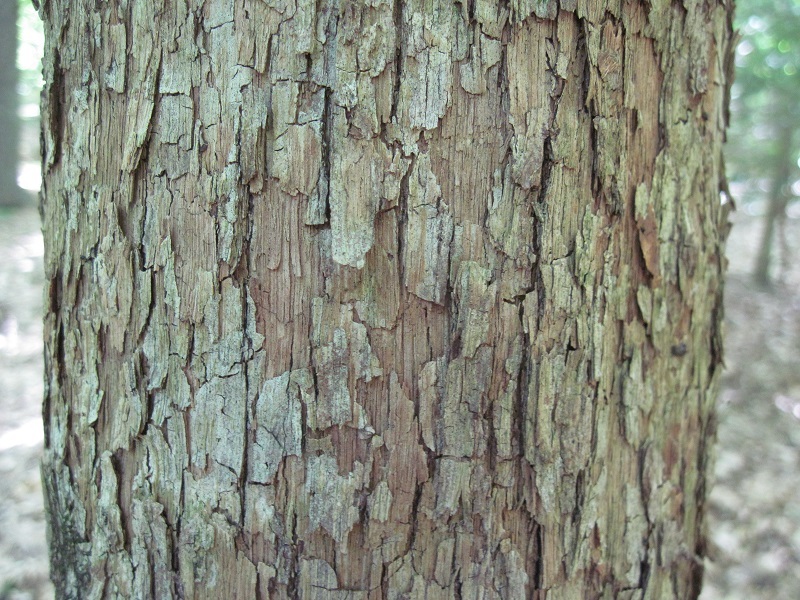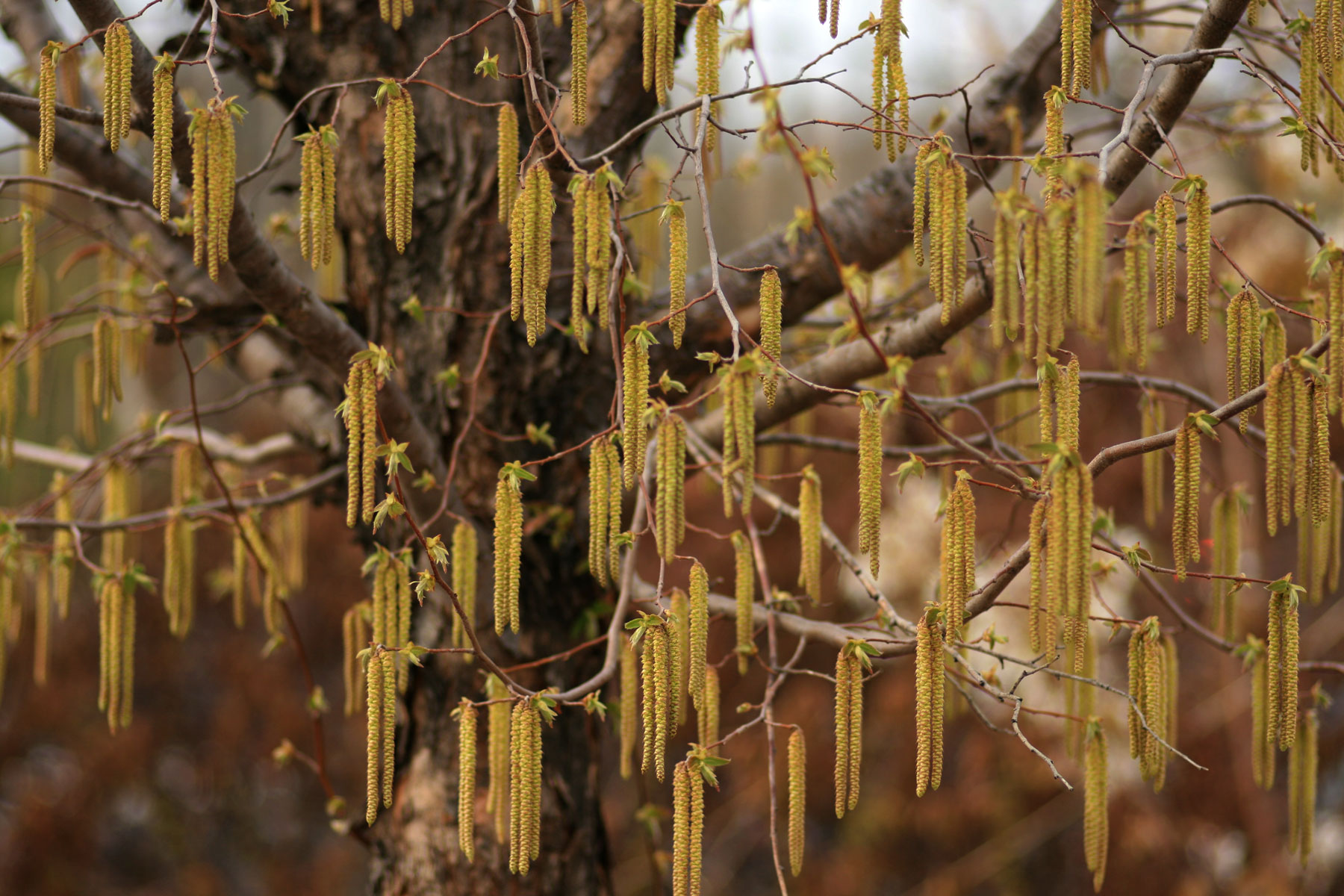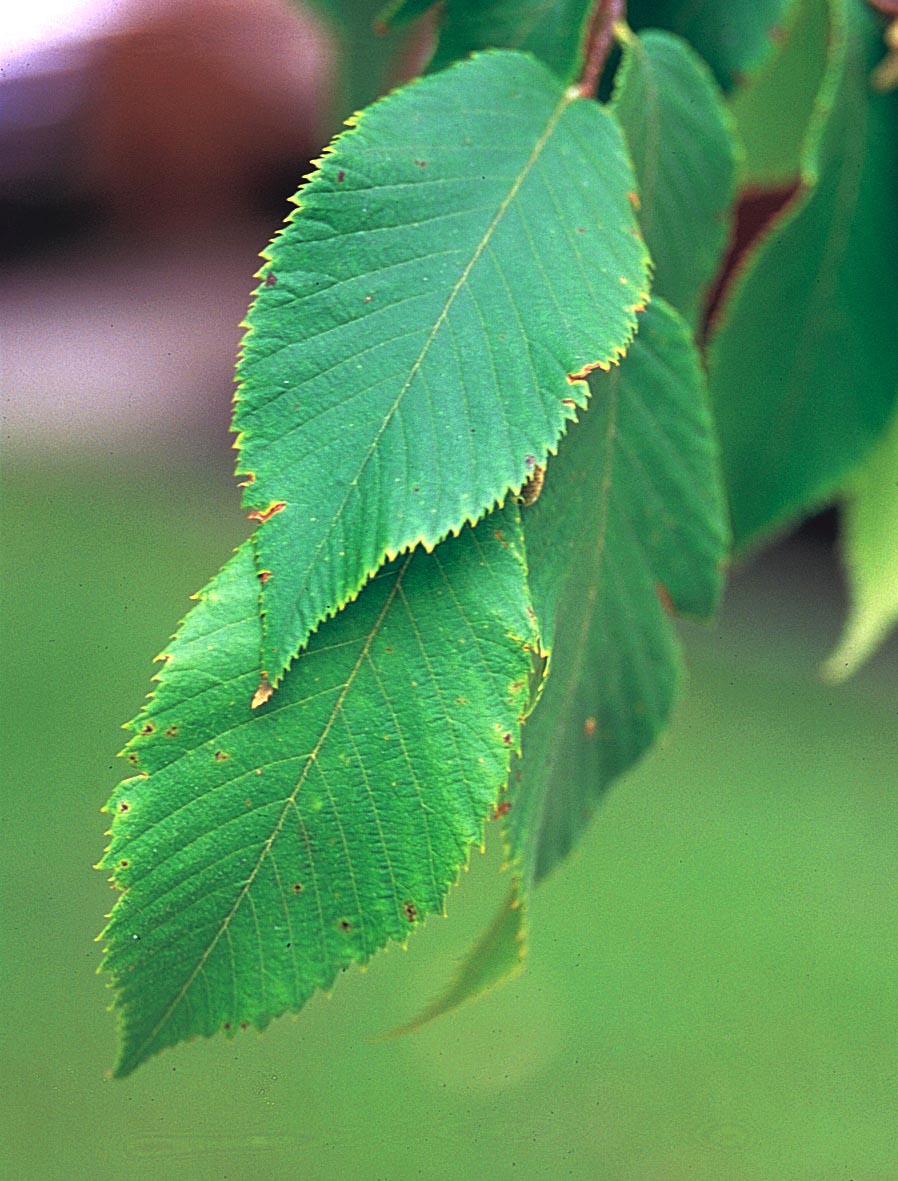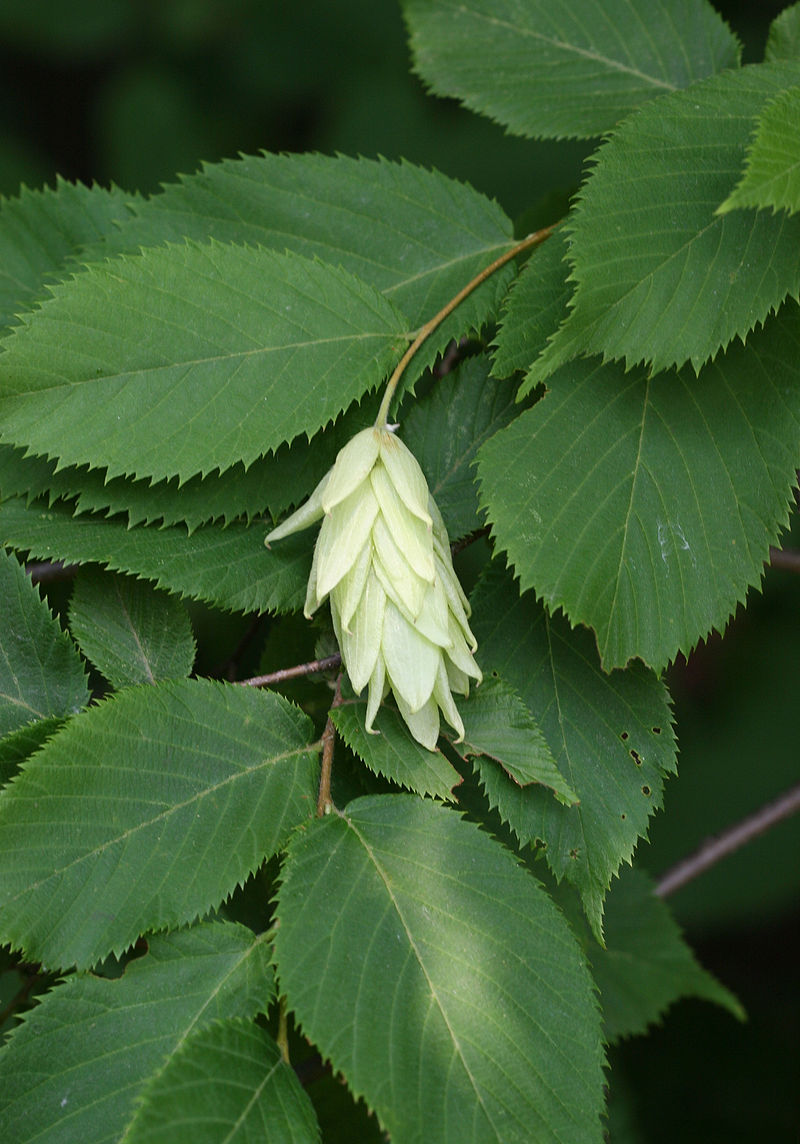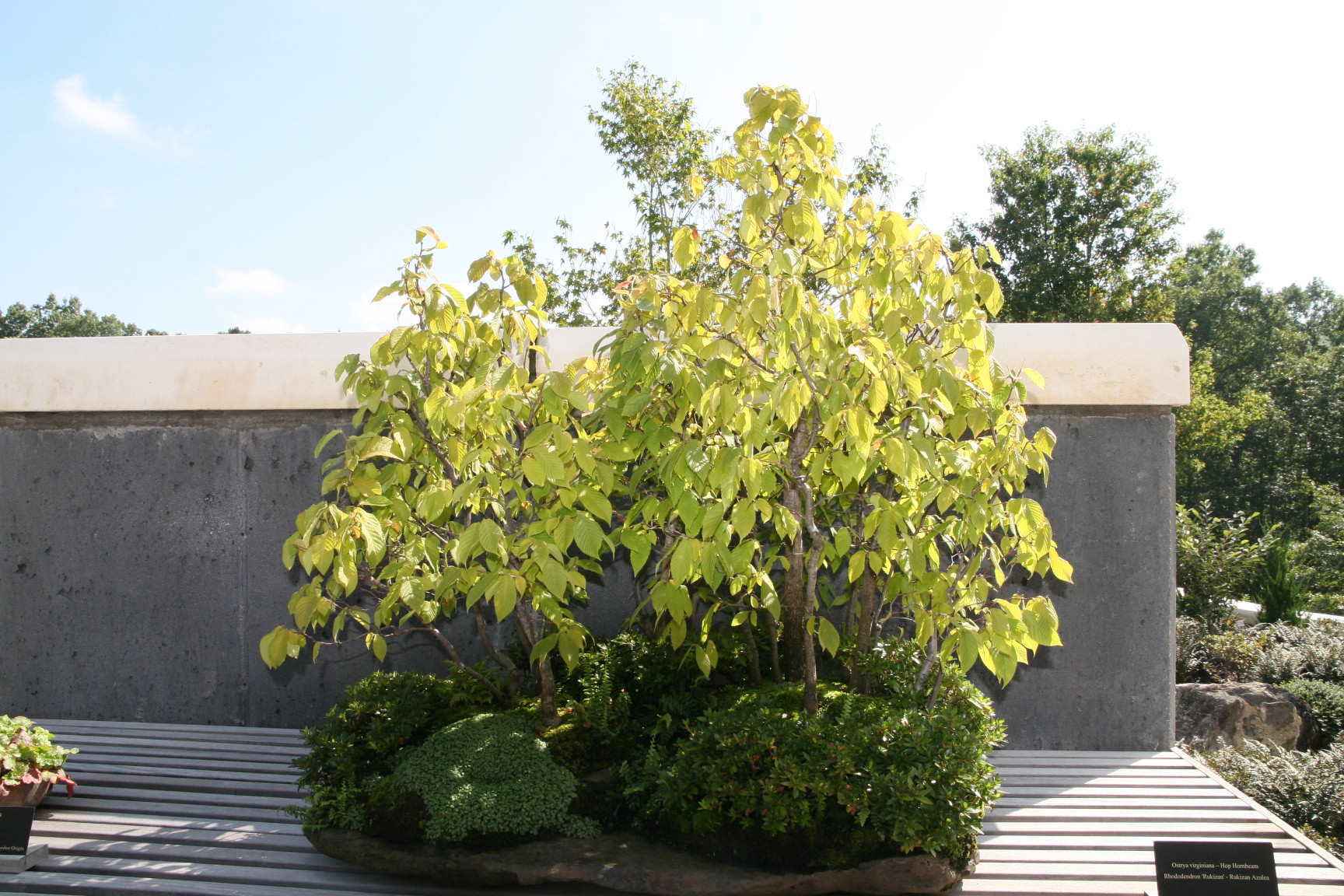
Description:
Hop hornbeam is a relatively small tree known for its distinct seedpods. Leaves are birch-like, simple, alternate, and dark green. The margins are finely toothed, and the underside of the leaves are slightly fuzzy. The flowers are of little horticultural interest, but female flowers develop into clustered seed pods that strongly resemble hops (Humulus lupus), and can remain on the tree throughout the winter.
Photo Credit: NRCS
Hop hornbeam wood is very heavy and dense, hence a common name ironwood, but the trees are otherwise not used for timber. They make lovely shade trees and their seedpods are of horticultural interest, but some foresters consider the tree a “weed tree.”
Issues:
Hop horbeam does not have any major pests associated with it.
Other Resources:
Photo Credit: Steven Katovich CC by 3.0 us
Photo Credit: David J. Stang CC by SA 4.0
